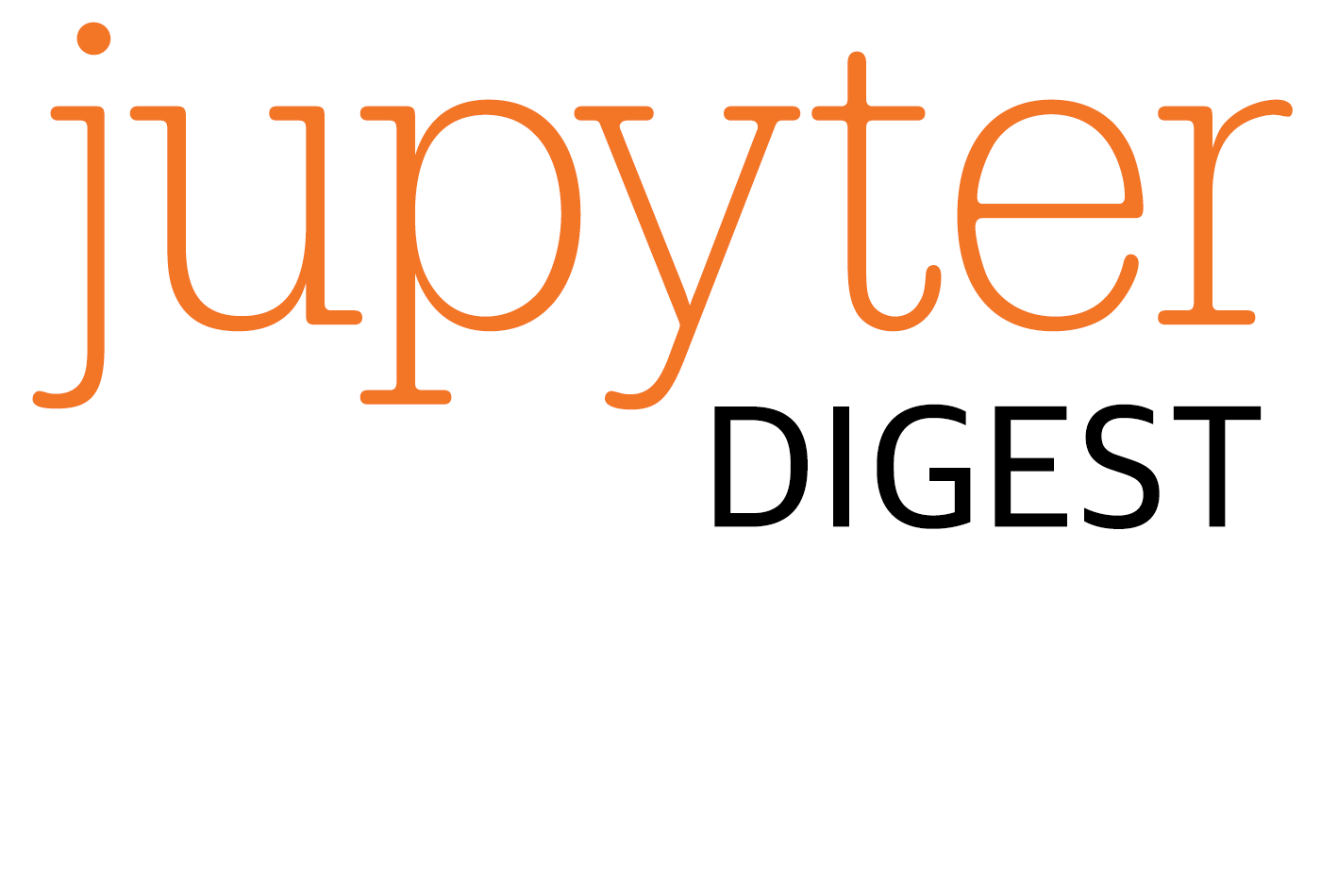Jupyter Digest: 1 May 2017
JupyterDay Philly, Harmonics deep dive, Jupyter building blocks, and autoencoded Pokémon.
 Jupyter Digest.
Jupyter Digest.
- JupyterDayPhilly: Transformative Teaching with the Jupyter Notebook (May 18-19, 2017). If you’re near Philly, Doug Blank (@DougBlank) is organizing a Jupyter Day event at Bryn Mawr college (where he is a professor of computer science) on May 19, 2017. The focus is on using Jupyter “to transform teaching in multiple disciplines,” and looks to be an informative two days. (Also, if this is your thing, the event is preceded by the Blended Learning Conference).
- The Sound of Harmonics – Approximating instruments with Fourier Series. Following on the “generating sounds with the notebook” theme from last week, Max Matthe dives deep into harmonics, Fourier series, and other signal processing topics. While he uses a nifty service called Trinket to provide live examples, you can also download the notebooks themselves. (via @dspillustrate).
- nteract. Jupyter’s modular architecture allows people to treat each component as a building block. So, people did: nteract is an alternative front end to Jupyter that still uses the ipynb format, notebook protocol, and kernel infrastructure, but replaces the front-end Notebook with a beautifully designed desktop app. Safia Abdalla (@captainsafia), one of the core contributors, has a nice writeup about its features and what they’re trying to accomplish.
- How to autoencode your Pokémon. Niyas Mohammed (@niazangels on GitHub) wrote a notebook that can generate new Pokémon based on a set of existing Pokémon. You gotta catch this one. (From Siraj Raval’s awesome How to Generate Video – Intro to Deep Learning #15).
